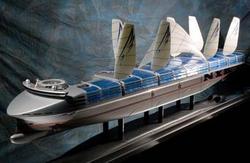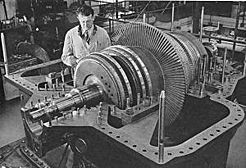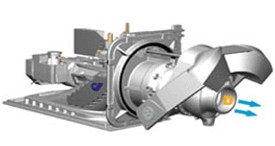6. Biodiesel Fuel PropulsionBiodiesel propulsion has been deemed as a potential marine propulsion system for the future. Currently tests are being carried out to find out about the viability of this propulsion system which is expected to be in full operation by the year 2017. 7. Solar PropulsionSolar propulsion for ships was utilised for the first time in the year 2008.Solar propulsionbenefits include a high reduction in the poisonous carbon dioxide emissions. Solar propulsions are capable of generating a capacitance as high as 40 kilowatts (kW).  8. Steam Turbine Propulsion 8. Steam Turbine PropulsionSteam turbine propulsion involves the usage of coal or other steam-generating fuels to propel the vessel. Steam turbine maritime propulsion system was highly utilised between the late 19th and the early 20th century.  9. Diesel-Electric Propulsion 9. Diesel-Electric PropulsionIn simple terms, diesel-electric ship propulsion systems use a combination of a generator operated by electricity attached to a diesel motor. The technology has been in use since the early 1900s. In today’s times, submarines and merchant ships incorporate the diesel-electric propulsion system to propel themselves. 10. Water-Jet PropulsionWater-jet propulsion has been used since the year 1954. The most important advantage of water-jet propulsion is that it does not cause noise pollution and offers a high speed to the vessels. In contrast the water-jet propulsion as a ship propulsion system is costlier to maintain which can cause problems to the user.  11. Gas fuel or Tri Fuel Propulsion 11. Gas fuel or Tri Fuel PropulsionLNG fuel is now utilised to be burnt in the Main Engine after adopting some modification in the propulsion engine to reduce emission from the ship. It is known as tri fuel because it can burn gas fuel, diesel and heavy fuel.
|